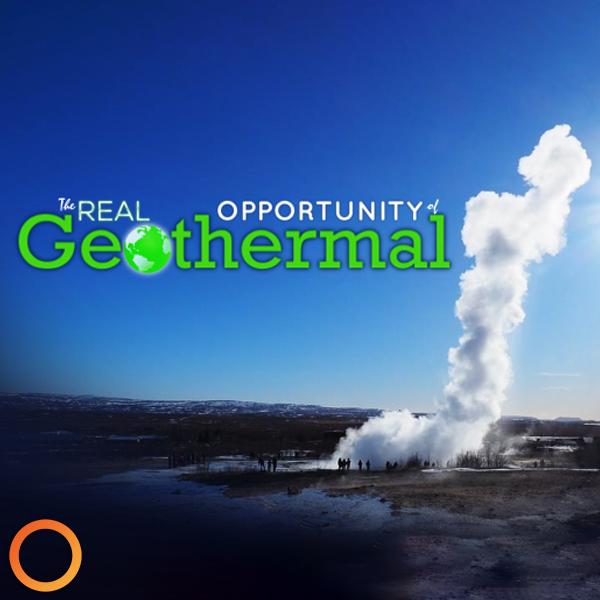In a Sierra Club magazine feature article, Eavor stood out as one of the key companies that left a lasting impression at the Geothermal Rising Conference held in Reno last year.
Independent journalist Stephen Robert Miller attended the conference in October 2023 and had the opportunity to not only witness Eavor’s trademark Obelisk but also to converse with leaders in the geothermal industry, including Eavor CEO John Redfern. Miller attended the conference to better understand the current commercial and financial status of geothermal technology in the United States. He concluded that it holds exponential promise for the distribution of clean energy and can effectively help replace fossil fuels nationwide; however, there are policy and economic challenges it has yet to conquer.
Miller described the current context surrounding geothermal energy as a great paradox that faces a “visibility problem.” In other words, Miller explained that “geothermal energy is everywhere and nowhere all at once.” Although heat is everywhere beneath our feet, Miller highlights that geothermal has historically been visible mostly through conventional geothermal, which is restricted to niche geographies, unlike the growing abundance of wind and solar farms.
Eavor’s Next-Generation Geothermal technology alleviates this problem by delivering a closed-loop system that is globally scalable as it’s not reliant on those ‘niche geographies’. As Miller explains, Geretsried was keen on hosting Eavor’s first commercial project to achieve local energy autonomy. The power plant is poised to generate 64 megawatts of thermal power for district heating and 8.2 megawatts of electricity to power 20,000 homes.
Miller attributes that Eavor approached old problems geothermal faced with a new perspective. In his discussion with Redfern at the conference, the CEO stated the necessity for the industry to not only repurpose oil and gas technology but also expand beyond it, if it is to be truly successful.
“We need to be adding one gigawatt of new energy a day. People have been trying to solve it by making this a little bit better or that a little bit better, but geothermal is going nowhere unless you do something fundamentally different,” said Redfern.
Yet, even with innovative and scalable technology transforming the sector, Miller argued that geothermal is still in the early stages of its transformation. Policy changes could greatly impact how quickly geothermal is implemented across the United States, much like how categorical exclusions for oil and gas drilling catalyzed its widespread adaptation. Furthermore, upfront costs are another obstacle, as Miller stated could range from $3,000 to $6,000 per kilowatt-hour, which is higher than wind and solar.
Nevertheless, as Eavor ventures further into commercialization, it is greatly anticipated that upfront capital will be significantly diminished once through the learning curve. One of these future projects is in Sonoma County, California, where Eavor has signed a cooperation agreement with Sonoma Clean Power. As Miller mentions, this area is home to the world’s largest geothermal power complex, which has been producing energy from the Geysers Field’s 370°F steam for approximately sixty years.
While geothermal accounts for less than half a percent of US energy production, Miller highlights that the United States has enough geothermal potential to produce 4,248,879 megawatts of always-on energy. If trailblazers like Eavor continue along a financially and commercially viable path, Next-Generation Geothermal has great potential to supply clean and near-infinite power for the United States and solidify a true transition away from fossil fuels.



















